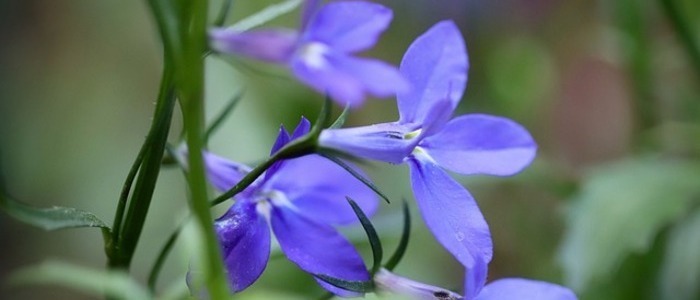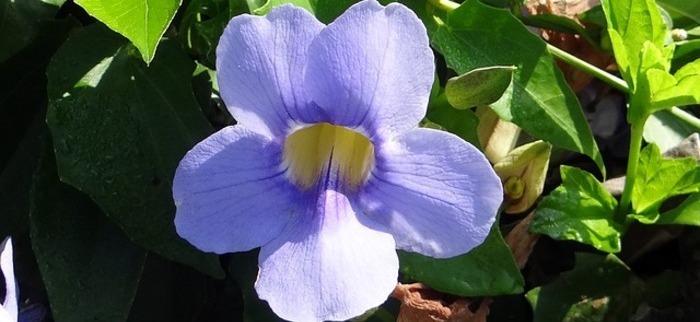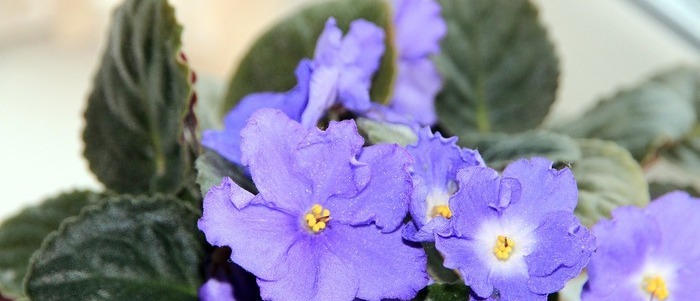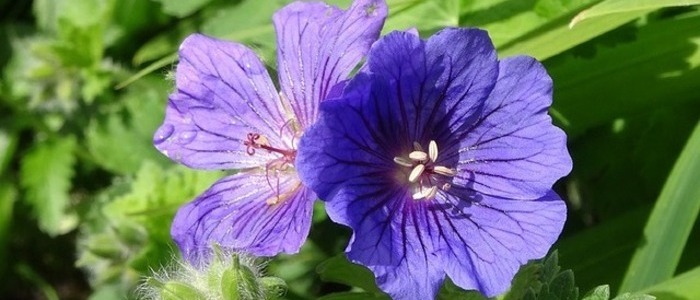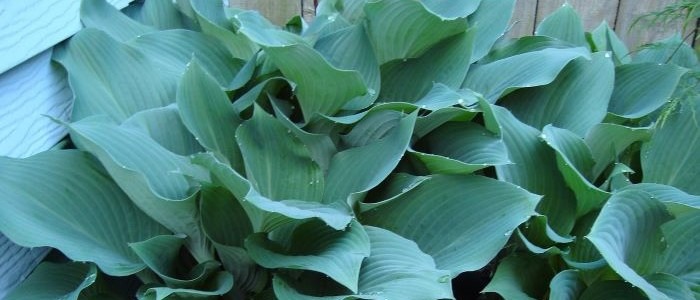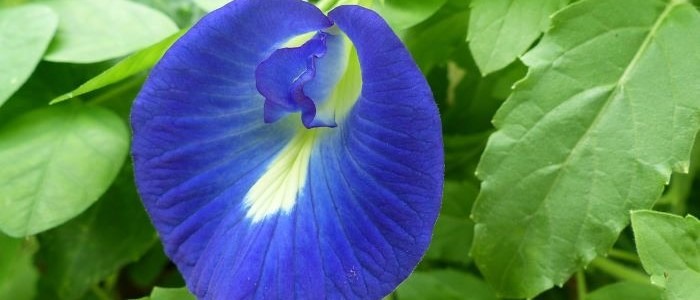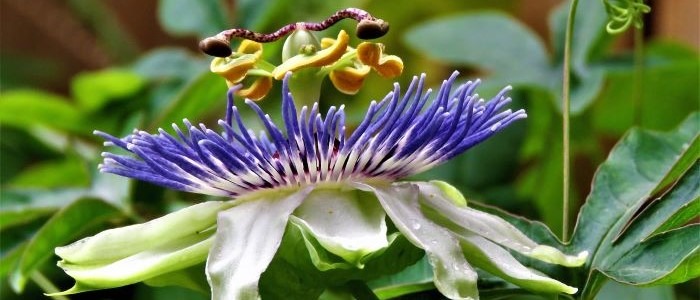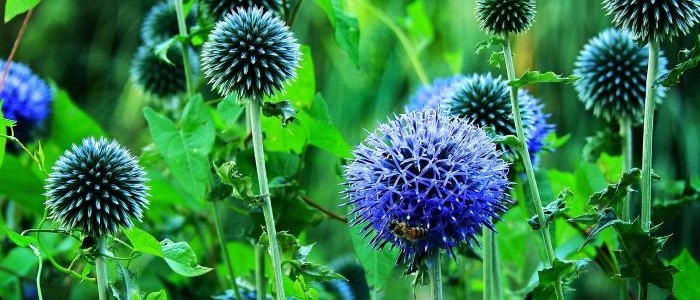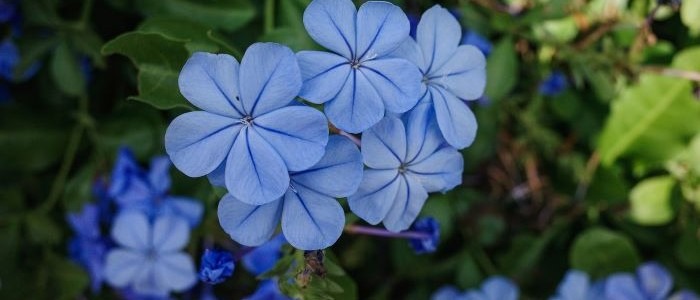The majestic Himalayan blue poppy (Meconopsis) is a stunning addition to any garden. Native to the Himalayas, this annual plant produces large, eye-catching blue flowers in the summer months that can reach heights of 1-2 feet when growing in clumps. In order for these poppies to thrive, they require full sun for at least 6 hours per day and well-drained soil with a slightly acidic pH between 5.5 and 7.5.
In addition to providing beautiful blooms in the summer months, the Himalayan blue poppy is also relatively easy to care for if you understand its specific needs. For best results, it’s important to ensure that your plants are receiving enough sunlight and nutrients while avoiding overwatering or drought because both can lead to plant stress and lower yields. It’s also essential that the soil be slightly acidic as this will help your poppies grow strong and healthy roots.
Common problems faced by those growing these poppies include pests such as aphids or slugs, fungal diseases such as powdery mildew or root rot, and nutrient deficiencies caused by poor soil quality or lack of fertility. To prevent these issues from arising in your garden, it’s important to inspect your plants regularly and take action if you notice any signs of distress such as yellowing leaves or wilting stems. Additionally, you should always practice good gardening hygiene by removing dead leaves and pruning excess growth on a regular basis.
Overall, nothing compares to the beauty of a field of blooming Himalayan blue poppies! With just a bit of knowledge about their ideal conditions and some dedication in following basic care tips, you can create a stunning display that will last all season long!
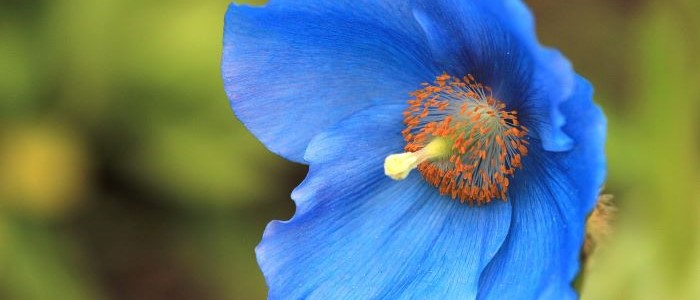
Himalayan Blue Poppy Frequently Asked Questions
Does the Himalayan blue poppy like sun or shade?
The Himalayan blue poppy prefers partial shade to full sun. It thrives in cooler climates and high altitudes, making it more tolerant of shade than direct sunlight. However, it still requires some sunlight to promote healthy growth and vibrant blooms. Providing a balance of both shade and sun is ideal for this delicate and captivating flower
What is the blooming season of the Himalayan blue poppy?
The blooming season of the Himalayan blue poppy typically occurs in the late spring to early summer. These stunning flowers thrive in cool and moist environments, making the Himalayan region an ideal habitat for their growth. During this time, the mountains are adorned with vibrant blue petals, creating a breathtaking sight for hikers and nature enthusiasts alike.
Ideal Growing Conditions for Himalayan Blue Poppy
The majestic Himalayan Blue Poppy brings a unique beauty to any garden, and with the right growing conditions in place, you can be sure that this stunning flower will flourish. When planting, make sure that the soil is well-drained and neutral to slightly alkaline with a pH of 6.5 – 8.0.
It would also be beneficial to amend the soil with compost or manure beforehand as this will provide necessary nutrients for your poppies. To ensure consistent moisture throughout the growing season, regular watering at the base of each plant is essential; however, overwatering should be avoided as it could lead to root rot or other fungal diseases.
Fertilizing your poppies every 4-6 weeks during their growth period with an organic fertilizer can help them stay healthy and bloom vibrantly throughout summertime. Additionally, temperatures between 50-80°F (10-27°C) are ideal for these flowers; if temperatures drop too low for an extended time period they may suffer from frost damage or fail to grow properly.
By providing full sun to partial shade and adhering to these ideal growing conditions for the Himalayan Blue Poppy, you can look forward to many years of captivating beauty!
Propagation Methods for Himalayan Blue Poppy
The Himalayan Blue Poppy is a beautiful annual flower that can easily be propagated at home. Seeds are the best way to propagate this plant, as they take less time and effort than stem cuttings. To get started, you need a quality soil mix composed of topsoil, peat moss, compost or manure, and perlite.
The ideal temperature for planting seeds is between 64-68 degrees Fahrenheit during the day and 55-58 degrees Fahrenheit at night. Planting should occur approximately 4-6 weeks before the last frost and germination can take anywhere from 2-4 weeks.
Stem cuttings are also an option for propagating the Himalayan Blue Poppy; however it takes more effort than sowing seeds. Cuttings should be taken in early spring when new growth begins to appear on the plant, prior to flowering.
Carefully remove 8-10 inch stems from near the base of the plant and place them in moist soil with adequate drainage until roots begin to form . Usually after several weeks if kept moist but not waterlogged. Once rooted, transplant into pots or directly into garden beds with well-drained soil amended with compost or manure.
No matter what propagation method you choose, always give your Himalayan blue poppies plenty of sunlight throughout their growing season . At least 6 hours per day – along with regular watering at their base and fertilizing every 4-6 weeks with an organic fertilizer for optimal blooms all season long!
Common Problems Faced with Himalayan Blue Poppy
As beautiful and eye-catching as the Himalayan Blue Poppy is, it’s important to be aware of some common problems you may encounter when growing them. Overwatering can lead to root rot, and temperatures below 50°F can be fatal for the plant. Slugs and snails love young plants, so keep an eye out for these pests. If the humidity is too high, powdery mildew could become a problem.
Too much direct sunlight can also be damaging to this delicate flower, so make sure to provide plenty of light without overexposing it to intense sun rays. If you find that your poppies are not thriving despite providing ideal conditions, take a look at how they were planted – if they are too close together or overcrowded in a single pot they may not have enough room for their roots to grow properly and spread out.
Regular inspection of your plants for signs of disease or pests will help ensure successful growth and a vibrant display all season long. Proper care is essential but with the right knowledge and monitoring you will have beautiful blooms in no time!
Tips for Successful Care of Himalayan Blue Poppy
Caring for a Himalayan blue poppy is not difficult but does require attention. Proper drainage, keeping the soil on the dry side, providing bright indirect light, and fertilizing with a balanced fertilizer once a month during the growing season are all important for successful growth and vibrant blooms. Additionally, pruning regularly can help promote bushier growth and more blooms.
When planting your Himalayan blue poppy, make sure to lay down some mulch or stones around the base of each plant to ensure proper drainage. As these poppies prefer dry soil, it’s important to water only when necessary and avoid overwatering as this could result in root rot. While they need full sun for at least 6 hours per day, too much direct sunlight can be damaging so try to keep them in a spot that receives bright indirect light.
Fertilizing with a balanced fertilizer once a month during the growing season is also recommended to help promote healthy growth and vibrancy of blooms. When doing so, make sure to follow instructions carefully as over-fertilization can cause damage or even kill your plants. Pruning regularly is also recommended as this will help promote bushier growth and more flowers throughout the summer months.
By following these tips you will be well on your way towards achieving success with your Himalayan blue poppy! For additional resources on how to get started growing your own please refer to online sources such as The Spruce or the Royal Horticultural Society which provide helpful advice for proper care of these beautiful plants.
.
Conclusion
The Himalayan Blue Poppy is an eye-catching plant that brings vibrant blooms and captivating beauty to any garden. With the right growing conditions, such as well-drained soil, full sun for at least 6 hours each day, and temperatures between 50-80°F (10-27°C), these plants can thrive for years to come. To prevent common problems such as pests, fungal diseases, and nutrient deficiencies, regular inspection and good gardening hygiene are essential.
For successful care of the Himalayan Blue Poppy, it’s important to provide bright indirect light, keep the soil slightly on the dry side, fertilize with a balanced fertilizer once a month during the growing season, mulch or stone around the base of plants, avoid overwatering and prune regularly. There are many varieties available with stunning colors from white to pink to blue – something for everyone! The uses for this beautiful flower are myriad: from cut flowers in bouquets to mass plantings in gardens or containers.
To get started growing their own Himalayan Blue Poppies readers should check out additional resources such as websites and books. Growing this unique flower is a rewarding experience that will bring captivating beauty to any home or garden. So why not take the next step now? Get your hands dirty and start planting some Himalayan Blue Poppies today!
Other Blue House Plants
